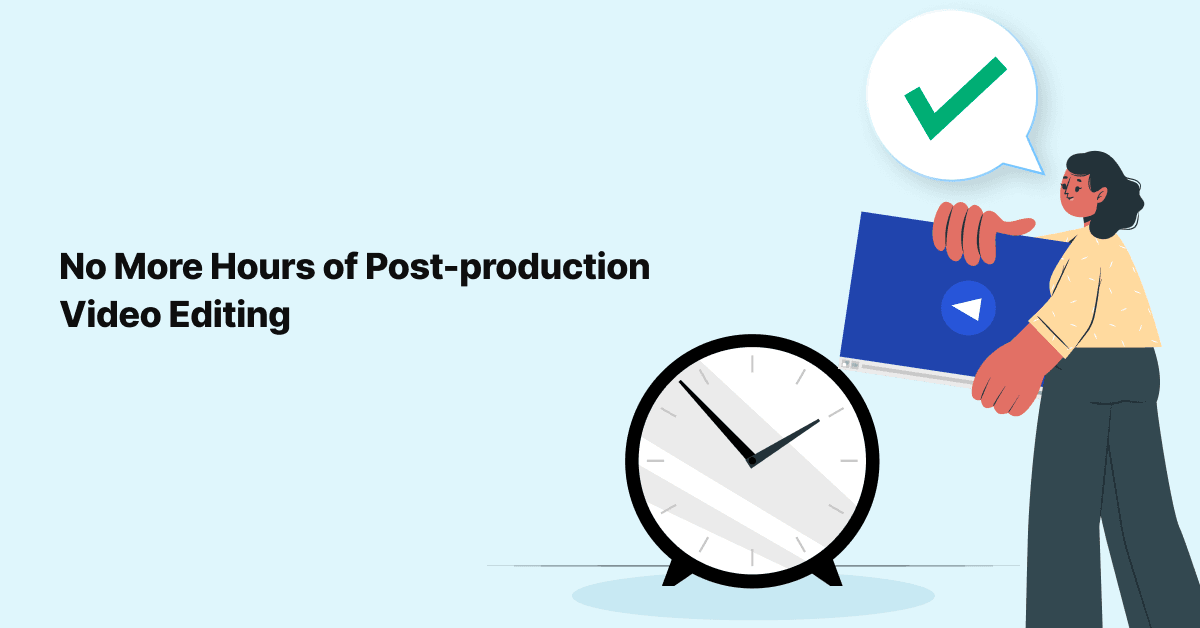
Oh, My Aching Head! Avoiding Cognitive Overload
If you’ve had the feeling your brain is so full that it couldn’t possibly handle one more thought, you’re not …

One of the most challenging aspects of EHR training is learning and retaining information. However, it should not be something that practitioners dread because, with proper guidance from an instructor, they can improve their experience even for complicated systems like those found in hospital settings. Proper planning will allow you to communicate courses effectively as well as measure how much was absorbed during each session by implementing evaluation procedures.
Through this blog, you will be able to explore the following:
EHR training occurs in three distinct points. First is the onboarding period, where the clinicians join the organization. Second is the ongoing training period that is provided to the end-users for the new upgrades that occur on the EHRs, and third is upskilling period, where training is provided to the existing users to help them improve their EHR skills.
In order to schedule EHR training through these three stages, it is recommendable to follow a three-column approach.
You can refer to our “Strategies for providing application training and support to maintain user satisfaction and productivity” webinar to learn more about it.
There will always be some variations between the workflow of staff and providers based on personal styles and preferences. However, significant variations in identical work processes could be evidence of a critical gap in training. This can happen when there is an update in the training curriculum, and different providers are receiving different training programs for the same system. This is a good indicator to show that a few of the providers are not up-to-date with the training process.
Billing is one of the most critical and easily quantifiable indicators of a successful implementation of an EHR. The success of a training program will be evident if it results in correct and proper coding from billing staff. Quantifying the errors in billing before, during, and after the ‘go-live’ sessions could help the practice in optimizing its EHR system and demonstrate the returns and benefits that are palpable from a successful implementation.
Conducting user surveys are one of the primary ways to collect feedback on EHR training. Feedback forms and questionnaires that would include questions related to the EHR systems of the organization can be distributed to the end-users, which they have to fill out and submit. Reviewing these feedback forms would help in understanding where each of the users stands in terms of their EHR training and where the training is working as well as where the gaps are. Apart from that, it would also help in building a better EHR experience for the end users.
End-user feedback can also be collected with post-live workflow teams to improve the process. Once a new EHR system is live, organizations can collect feedback and other information regarding the new EHR via intranet-based collaborations like SharePoint. This would again help in understanding how impactful the training on the new EHRs is on the end-users.
Proper training can positively influence the ability of providers to use EHRs effectively. The understanding of how the system works could be leveraged and clinical practices can be improved. Most of the time, the importance of planned and result-oriented training is disregarded by organizations and is often not treated as an essential part of the EHR implementation process. Through the process of planning and ongoing training, users can optimize EHR use by making the most out of its features and making it more engaged with the organizational goals. Thus it would help avoid errors and setbacks, decrease employee turnover, as well as reduce employee frustration.
Join over 3,200 subscribers and keep up-to-date with the latest innovations & best practices in Healthcare IT.

If you’ve had the feeling your brain is so full that it couldn’t possibly handle one more thought, you’re not …

Health systems are finding creative and innovative ways to keep physicians, clinical and administrative staff …

Ever freeze up like a deer in headlights when it's time to record a microlearning video? (We've all been …